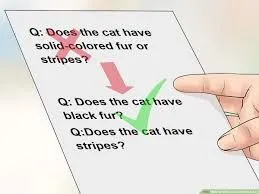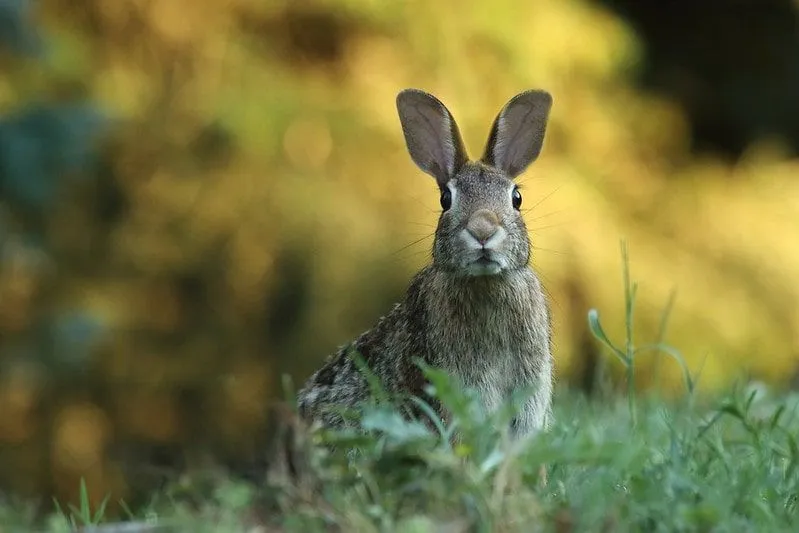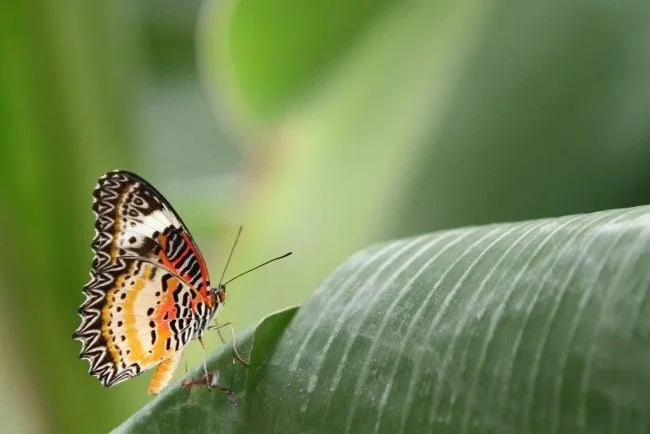FOR AGES 13 YEARS TO 16 YEARS
The phrase dichotomous key might not be instantly familiar, but we're betting as a parent, you've seen them before.
A dichotomous key is an important tool used by biologists to identify a given species or organism, and crop up in the GCSE biology syllabus. Dichotomous keys look like flow charts, and feature a series of images and text with two choices branching off at each step: you choose the one that fits the organism you want to identify.
At each stage, you're presented with a choice of characteristics, and answer 'yes' or 'no', until you make an identification of an organism, or species.
The word 'dichotomous' means two; they're sometimes also called a 'branching tree'. A dichotomous key is used to order information, and as a classification key, plus they're a tool for teaching younger nature-lovers about similar species.
When out exploring nature in a field, take a dichotomous key, to identify and learn characteristics of any organisms you discover.
Dichotomous keys help you identify characteristics and features, and order information. As you can see below, you ask specific questions where the answer is 'yes' or 'no'.

Image © Wikihow under a creative commons licence.

Below are the classifications of vertebrates you can use your dichotomous key to discover.
Mammals: You might ask 'Does it have fur?'. If the answer is 'yes', it leads to 'mammal'.
Birds: If you said 'no', next maybe 'Does it have feathers'? If you say 'yes,' you've identified a bird.
Reptiles: If you choose 'no', you may ask if your organism has dry or moist skin. If you say 'dry', you've identified a reptile.
Fish: If you say 'moist', you might ask if your organism has scales or smooth skin. If 'scales', you've identified a fish.
Amphibians: If your organism has smooth, moist skin, it's an amphibian, like a frog.

A similar biological key can be used to help you identify invertebrates (animals without backbones), which divide into one of various examples.
Worms: If your organism has no legs, or shell, but is segmented, it may be a worm.
Molluscs: If it has no legs, but a shell, it might be a mollusc.
Arachnids: If your specimen has eight legs, it's probably a spider (but could be a tick or mite).
If if it has six legs, you might ask, 'does it have wings'?
Lepidoptera: If the species has wings, it could be a moth or butterfly.
Insects: If it has no wings, it could be an insect or crustacean. If the body has three sections, it might be an insect-like an ant.
Crustacean: If two sections, it might be a crustacean, like a crayfish.
There's a vast number of invertebrates, but based on the set of examples and features you've seen, a dichotomous key can help you make choices to simplify and discover which species it might be, and help you name it.

Dichotomous keys are an important tool for budding botanists. A dichotomous key can be useful in helping you name species, and recognise organisms' characteristics. You can use a dichotomous key during any field trip.
Typical Dichotomous Keys Ask:
Does your plant grow seeds? If 'yes', you might ask if it has flowers.
Dicot: If 'yes', (it grows seeds and flowers) and it has leaves with net-like veins, it's a dicot, like a sunflower.
Monocot: If 'yes', (it has seeds and flowers) and it has leaves with long veins, it's a monocot, like a grass.
Conifer: If it has seeds, but no flowers, does it have needle-like leaves? If 'yes', it's a conifer.
Fern: If your plant has no seeds, but 'does have stems and leaves, it's a fern.
Moss: If it has no seeds, stems or leaves, it's moss or algae.
Read The Disclaimer
At Kidadl we pride ourselves on offering families original ideas to make the most of time spent together at home or out and about, wherever you are in the world. We strive to recommend the very best things that are suggested by our community and are things we would do ourselves - our aim is to be the trusted friend to parents.
We try our very best, but cannot guarantee perfection. We will always aim to give you accurate information at the date of publication - however, information does change, so it’s important you do your own research, double-check and make the decision that is right for your family.
Kidadl provides inspiration to entertain and educate your children. We recognise that not all activities and ideas are appropriate and suitable for all children and families or in all circumstances. Our recommended activities are based on age but these are a guide. We recommend that these ideas are used as inspiration, that ideas are undertaken with appropriate adult supervision, and that each adult uses their own discretion and knowledge of their children to consider the safety and suitability.
Kidadl cannot accept liability for the execution of these ideas, and parental supervision is advised at all times, as safety is paramount. Anyone using the information provided by Kidadl does so at their own risk and we can not accept liability if things go wrong.
Kidadl is independent and to make our service free to you the reader we are supported by advertising.
We hope you love our recommendations for products and services! What we suggest is selected independently by the Kidadl team. If you purchase using the buy now button we may earn a small commission. This does not influence our choices. Please note: prices are correct and items are available at the time the article was published.
Kidadl has a number of affiliate partners that we work with including Amazon. Please note that Kidadl is a participant in the Amazon Services LLC Associates Program, an affiliate advertising program designed to provide a means for sites to earn advertising fees by advertising and linking to amazon.
We also link to other websites, but are not responsible for their content.
Was this article helpful?



Browse Category

We’ll send you tons of inspiration to help you find a hidden gem in your local area or plan a big day out.



Check your inbox for your latest news from us. You have subscribed to:
Remember that you can always manage your preferences or unsubscribe through the link at the foot of each newsletter.